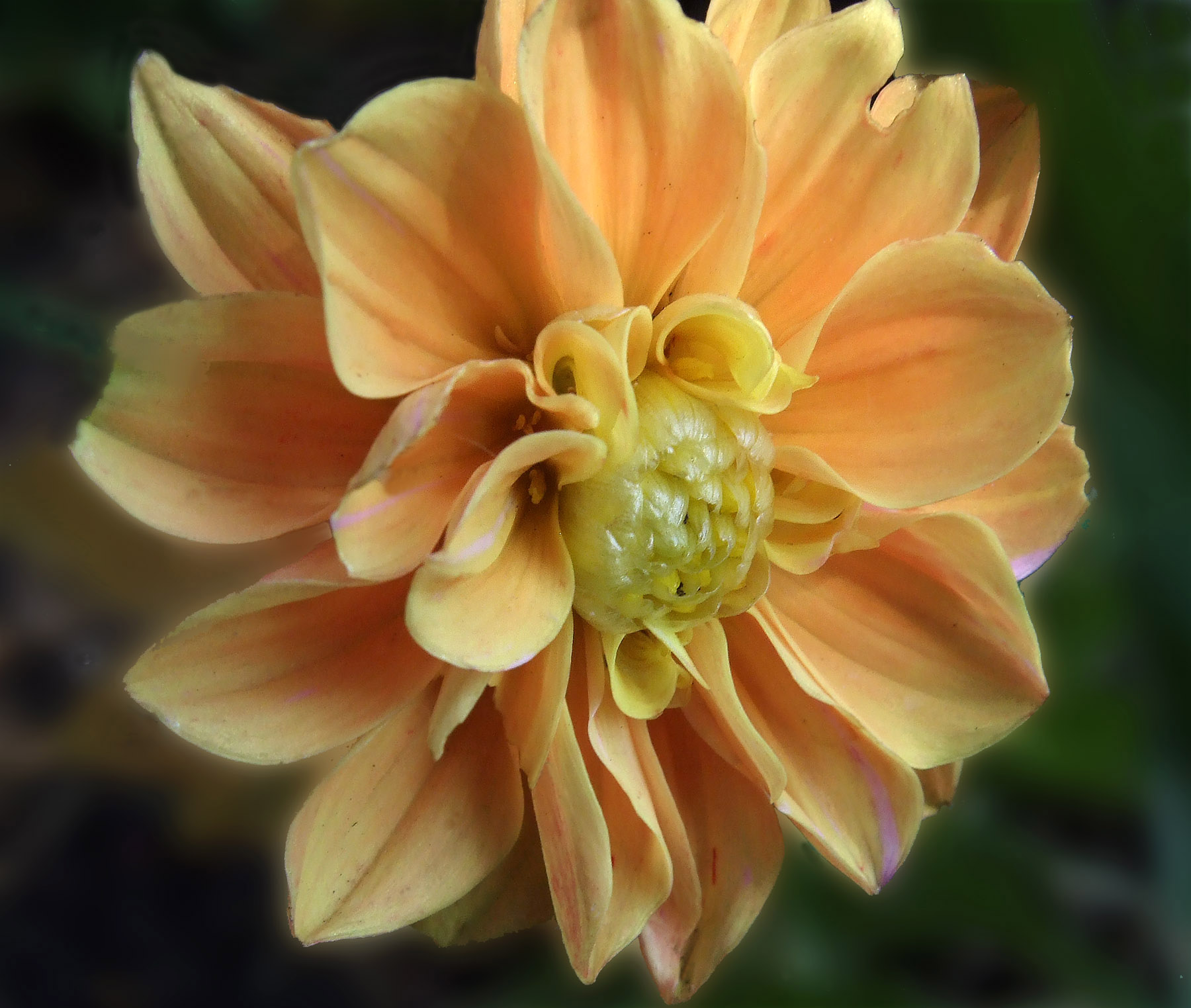|
Michael A. Stecker
|
|
Dahlia is a genus of
bushy, tuberous, perennial plants native to Mexico, Central America, and
Colombia. There are at least 36 species of Dahlia. Dahlia hybrids are
commonly grown as garden plants. The Aztecs gathered and cultivated the
dahlia for food, ceremony, as well as decorative purposes, and the long
woody stem of one variety was used for small pipes. In 1872 a box of Dahlia roots were sent from Mexico to the Netherlands. Only one plant survived the trip, but produced spectacular red flowers with pointed petals. Nurserymen in Europe bred from this plant, which was named Dahlia juarezii with parents of Dahlias discovered earlier and these are the progenitors of all modern Dahlia hybrids. Ever since, plant breeders have been breeding Dahlias to produce thousands of cultivars, usually chosen for their stunning and brightly coloured flowers. Dahlia plants range in height from as low as 12" (30 cm) to as tall as 6-8 feet (180-240 cm). The flowers can be as small as 2" (5 cm) in diameter or up to a foot (30 cm) "dinner plate". The great variety results from Dahlias being octoploids (they have eight sets of homologous chromosomes, whereas most plants have only two). The dahlia is named after Swedish 18th-century botanist Anders Dahl. In Germany they were known as georgines until recently. They were named by the botanist Carl Ludwig Willdenow after the naturalist Johann Gottlieb Georgi of St. Petersburg, Russia. Taxonomy |
|
|
